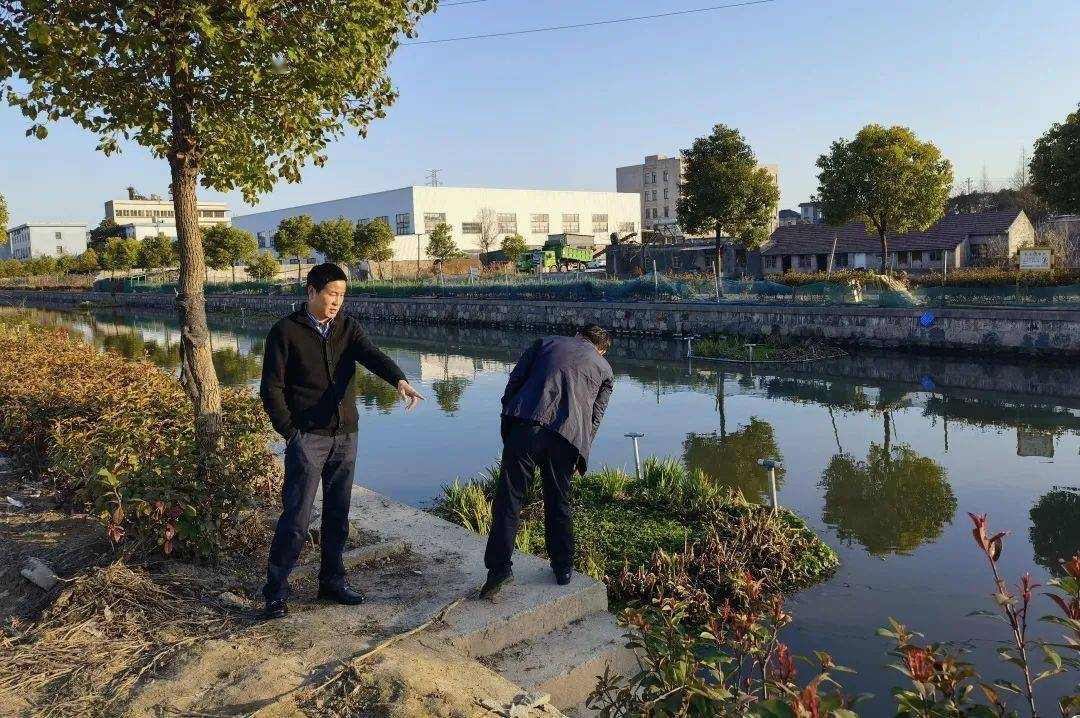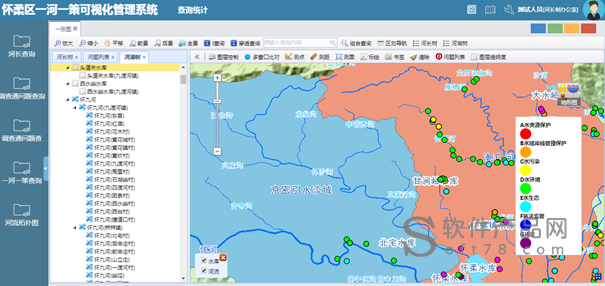How does China solve the water pollution?
One River, One Plan and One Map
With the continuous development of China's economy and society, sudden water pollution incidents are becoming more frequent, posing a serious threat to ecological environment security. During the 13th Five Year Plan period, multiple major environmental emergencies nationwide were all water pollution incidents. Sudden water pollution incidents have a wide range of impacts, high degree of harm, and high difficulty in handling, making them the focus and difficulty of environmental emergency work.
In the emergency response process of sudden water pollution incidents, various gates, dams, ponds, etc. in the basin where the incident occurred are used to intercept, collect, and store contaminated water bodies, forming temporary emergency spaces and carrying out pollution disposal, which can buy valuable time for proper response to the incident. On the basis of summarizing the experience of emergency treatment of the Qi River pollution incident in Nanyang, Henan Province and previous water pollution emergencies, the idea of "space for time" emergency treatment of water pollution emergencies was refined and formed, that is, through the three tasks of "finding space, making plans, and grasping exercises", the information of river environmental emergency space and facilities was mastered in advance. Formulate "one river, one plan and one map" and strengthen drills and inspections to strengthen emergency preparedness for water pollution emergencies in river basins.


"Finding space" refers to the investigation and control of environmental emergency space and facilities that can store polluted water on the river when water pollution events occur and facilitate the implementation of treatment measures such as intercepting, drainage, drug administration and dilution, and the identification of the bottom number of the river by combining the data of environmentally sensitive targets, key environmental risk sources and hydrological systems. Create a river information list (One river). "Plan" refers to the formulation of "one river, one plan and one map" for river water pollution emergencies, that is, according to the environmentally sensitive targets and key environmental risk sources involved in the river, and the specific role of environmental emergency space and facilities is defined for the problems such as how to isolate and intercept polluters and how to control clean water in response to water pollution emergencies. Formulate the environmental emergency response plan for river water pollution emergencies (one plan), construct the incident response command diagram (one map), and realize the emergency command "wall map operation". "Grasp drill" means to test the operability of "one river, one plan and one map" through phased and layered drills, including whether the actual water storage capacity of environmental emergency space and facilities is accurate, whether sewage can be introduced, and whether personnel, construction materials, equipment and machinery can be guaranteed.

From 2018 to 2020, the Ministry of Ecology and Environment organized the pilot work of "One River, One Plan, One Map" in key rivers in the Danjiangkou Reservoir Area in Henan, Hubei, Shaanxi, and other regions, as well as in the Sihe River in Shandong, the Wujiang River in Guangdong, and the Gongnaisi River in Xinjiang. In 2021, the "Opinions of the Central Committee of the Communist Party of China and the State Council on Deepening the Battle of Pollution Prevention and Control" clearly required the full coverage of "one river, one policy, and one map" for sudden water pollution incidents in key rivers. In 2021, the Ministry of Ecology and Environment issued the "Nanyang Practice" Implementation Technical Guidelines for Environmental Emergency Response to Sudden Water Pollution Events in River Basins ", deploying relevant work throughout the country during the" 14th Five Year Plan "period. It is expected to complete the" One River, One Strategy, One Map "for 2515 key rivers, effectively enhancing the environmental emergency preparedness capacity for sudden water pollution events in the river basin. As of September 2023, the country has completed the "One River, One Plan, One Map" of 1509 key rivers, forming a batch of successful experiences that can be used for reference.

The achievements of "One River, One Plan, One Map" have been fully applied in practice. In recent years, the Ministry of Ecology and Environment has guided local authorities to successfully deal with multiple major and sensitive sudden water pollution incidents, such as the leakage of the Yichun Luming Mining tailings pond in Heilongjiang, the thallium pollution incident at the junction of the Jialing River, Gansu Shaanxi and Sichuan, the antimony pollution incident at the Wulichuan River in Sanmenxia, Henan, and the oil leakage incident at Hongsheng Coal Coking Plant in Liupanshui, Guizhou. This has minimized environmental impact and firmly adhered to the bottom line of water ecological environment safety.
- pollution China solve water doespollution china solve water regulations pollution solve water pollution measures solve water pollution tackling china water pollution resource water china pollution marine china solve pollution water china in measures solving issues water measure issues china solve pollution water